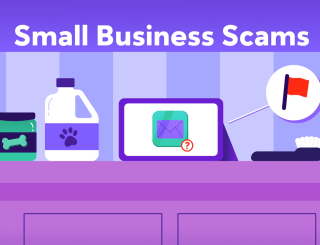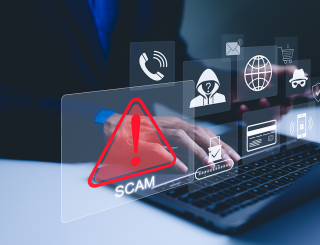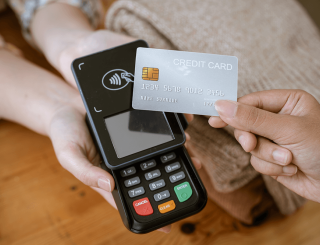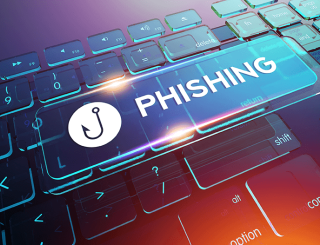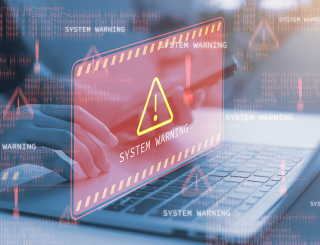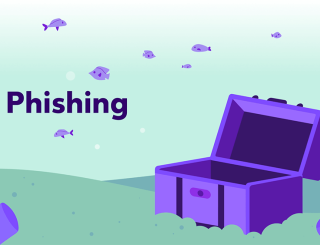
Fraud Protection
Useful tools with real-time alerts to help you guard against account fraud.
How to recognize and avoid scams.
Adirondack Bank is pleased to offer several electronic banking options to our customers including Online Banking. Delivering these services requires a solid security framework that protects you and our institution's data from outside intrusion. We are committed to working with our Internet service and communications providers to produce the safest operating environment possible for our customers, but we need you to be vigilant as well. Scam artists defraud millions of people each year by using internet services or software.
One of our many friends within the Cybersecurity Department at Utica College, Dr. Leslie Corbo has provided us with the video below to assist our customers in becoming aware of various cyberthreats on the internet and what proactive efforts can be taken to reduce the chances of falling victim. Simply click the link below to have it launch.
Your security is our concern.
Internet Scams
Internet fraud is alive and well, and it’s costing victims thousands of dollars. In fact, the FBI’s Internet Crime Compliant Center (IC3) received a record 791,790 complaints of online fraud in 2020, with $4.1 billion in reported losses — that’s an average of over 2,100 per day at around $5,000 per person.
You should never click the links provided in emails you can't independently confirm. Doing so will make your computer and personal information vulnerable to viruses and malware. Again, though the sender may seem legitimate — which is exactly what the scammer wants you to believe — no reputable institution will ask for your password or other key personal information online.
Identity Theft
Identity theft refers to all types of crime in which someone wrongfully obtains and uses another person's personal data in some way, typically for economic gain.
With enough identifying information about an individual, a criminal can take over that individual's identity to conduct a wide range of crimes. For example:
- False applications for loans and credit cards
- Obtain medical services
- Fraudulent withdrawals from bank accounts
- Fraudulent use of online accounts
These acts can damage your credit status, and cost you time and money to restore your good name.
Phishing
Phishing attacks are the practice of sending fraudulent communications that appear to come from a reputable source. It is usually performed through email. The goal is to steal sensitive data like credit card and login information or to install malware on the victim's machine. Phishing is a common type of cyber attack that everyone should learn about in order to protect themselves.
Phishing starts with a fraudulent email or other communication designed to lure a victim. The message is made to look as though it comes from a trusted sender. If it fools the victim, he or she is coaxed into providing confidential information — often on a scam website. Sometimes malware is also downloaded onto the target's computer.






